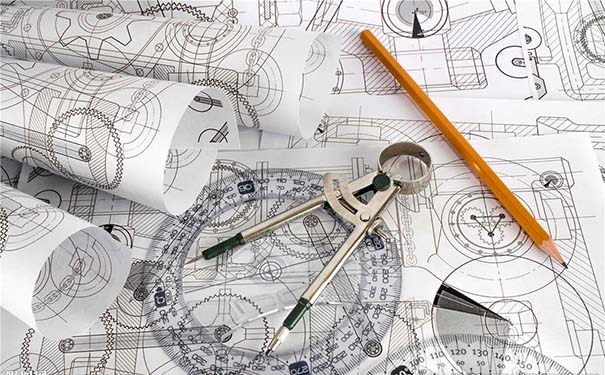

All mechanical systems require an early design phase of machine development. Mechanical design helps companies develop systems, solve problems and test prototypes to ensure they create quality machines. Understanding more about mechanical design and the different types of design companies employ can help you determine whether this is the right career field for you. In this article, we define mechanical design, review different types of design and examine various skills that mechanical designers often have.
Mechanical design, which is also known as machine design or engineering design, is the process of designing effective parts or components for machinery. Those working in the mechanical design field study how mechanical components operate in various situations in order to create a reliable system. The major goal of mechanical design is to develop machinery designs that are safe and align with client specifications.
Mechanical design is important because it provides essential blueprints and schematics for mechanical systems that professionals use to build safe and operational machinery. Well-defined mechanical design processes help a company create products or components that perform as expected and meet customer expectations. Mechanical design is also important because it follows a set process that results in the creation of quality systems. The common steps in a mechanical or engineering design process include:
There are three main types of mechanical design, and each of these processes either aims to improve upon existing machines or create new mechanical systems. Review these types of design methods to help you understand more about mechanical design:
Adaptive design is a mechanical design process that uses an existing design and slightly modifies its design. Many companies use adaptive designs to improve a product's quality or adjust to changing customer trends. Consumer behavior largely influences the use of adaptive design because customer feedback processes help companies refine their engineering devices. An adaptive design process also maintains the existing structure or integrity of a design with minor changes, which may create opportunities for entry-level designers to create these changes. Some common products that undergo adaptive designs include:
This type of design also uses existing designs to create products. Mechanical designers using this process analyze the design of another machine to create a new system. Many designers also use this process when using new engineering materials or manufacturing methods. This method is useful for mid-level mechanical designers. Some common products that undergo development designs include:
Also known as original or innovative design, this mechanical design process refers to creating new machines or systems. This design process often uses research and creativity skills because designers are creating new products. This method is ideal for experienced designers with a strong creativity skill set. Some examples of products that have undergone new designs include:
Many types of mechanical engineering professions use principles of mechanical design to perform their tasks effectively. Some popular mechanical engineering fields to which mechanical designers contribute include:
Those who hold mechanical design positions use many technical and soft skills daily. Some common skills that effective designers develop and use include:
Mechanical designers often help oversee and manage design projects. They may lead projects by reviewing mechanical designs, analyzing design specifications and comparing customer specifications with product designs. Some additional skills designers typically possess to manage projects effectively include:
Mechanical design involves using mathematics to calculate design specifications. These professionals also use math to determine a design's integrity, reliability and other quality calculations. Some common math concepts incorporated into mechanical design include:
Most types of mechanical design use computer-aided design (CAD) to construct mechanical systems or components. This software helps designers precisely measure system components, verify each component's compatibility and identify performance improvement opportunities. Some other common features designers use in addition to CAD software include:
Those in the mechanical design profession use problem-solving skills to create quality mechanical systems. They may analyze a system, identify its problems and incorporate potential solutions. Some skills that help designers overcome a variety of system issues include:
Designers may present and explain their systems to company executives, customers and other designers. Verbal and written communication skills are often essential for designers to develop, as they help these professionals effectively convey their designs. Some ways these individuals develop these skills include: